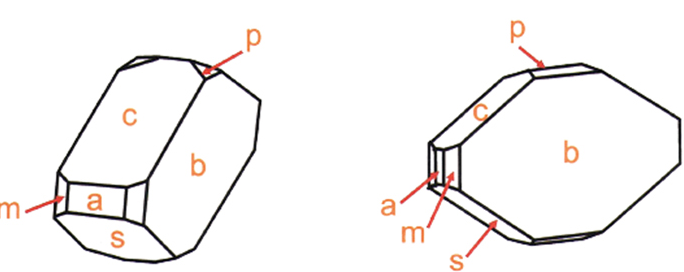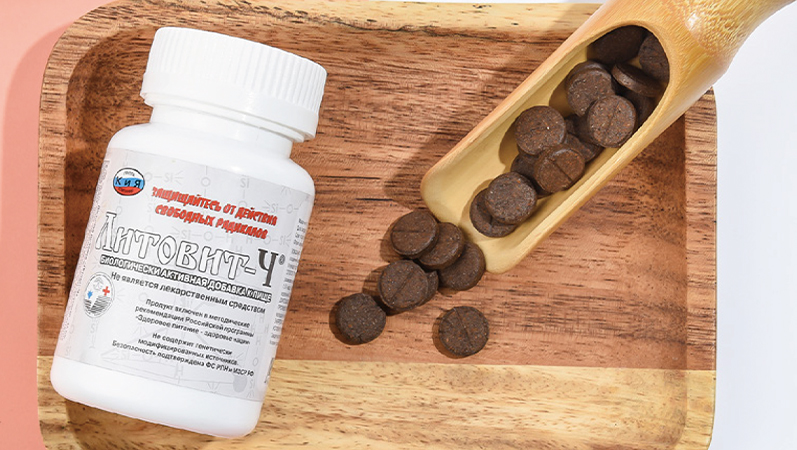The microporous structure in zeolite gives it unique adsorption properties.
The micropore size of zeolite is approximately 0.38 nanometer-0.4 nanometers, so zeolite can only adsorb harmful molecules smaller than 0.4 nanometers, and will not adsorb beneficial nutrients for the human body, such as vitamins, amino acids, proteins, and other macromolecular organic compounds.
Due to the unique structure of the zeolite, the entire aluminum oxide tetrahedron is negatively charged. In order to maintain neutral equilibrium, positively charged ions must be present to counteract it, so heavy metal ions such as Na, Ca, Sr, Ba, etc. can be adsorbed.
The pores and channels in the crystal structure of zeolite contain trace elements and major element cations used for ion exchange, which have the function of maintaining mineral balance in the body.
The selective ion exchange effect of zeolite can supplement the lacking trace elements and constant elements in the human body, and selectively precipitate excess constant elements and trace elements.
The order of selective ion exchange: Cs>Rb>K>NH4>Pb>Ag>Ba>Na>Sr>Ca>Li>Cd>Cu>Zn. During the exchange process in the order of ion exchange, if one of the elements is not lacking in the body, it can automatically skip this ion exchange process and switch to the next ion for exchange, thereby maintaining the balance of the body's mineral exchange system. This is not comparable to some single products that supplement a trace element.
Zeolite, as an enzyme catalyst (biocatalyst), can regulate enzyme activity according to the needs of the body, regulate and supplement intracellular material exchange. According to scientific research, the longer the telomeres and the longer a cell lifespan, and the longer a person's lifespan will be. As age increases and the number of cell divisions increases, telomeres will gradually shorten. Therefore, maintaining the length of telomeres is maintaining the length of human lifespan.
The production of telomerase requires a large amount of trace elements. The human body's intake of trace elements through diet is extremely imbalanced, so it is necessary to supplement a large amount of trace elements separately. Monoclinic zeolite is a natural reservoir of trace elements due to its unique structure.
Human beings obtain a large amount of trace elements by consuming foods and health products containing monoclinic zeolite, thereby activating the production of telomerase and achieving the effect of health and longevity.




The magical ion trace element library contains over 48 trace elements. Ionic trace elements are the only substances that activate telomerase. The cornerstone of life, the source of origin, and the element of health. The Cornerstone of Life product is protected by patents in the Russian Federation and overseas, which is the first and only one in the world to be recognized and agreed to permanently use the Red Cross logo in the trademark of the product by the Russian branch of the World Red Cross. The quality and validity of the product are fully guaranteed. This series of products has won the international GrandCicheD'or award. It proves that the efficacy and quality of this product have been recognized in the country (including the United States, France, Switzerland, Germany, etc.). The product has also obtained EU GMP certification and Russian national health food certification.
Monoclinic zeolite
 Monoclinic zeolite
Monoclinic zeolite
Among all zeolites, only monoclinic zeolite can be consumed by humans. Monoclinic zeolite is a natural ore of aluminosilicate class, with a tetrahedral crystal structure composed of SiO4ᴎAlO4,fragments, and a common vertex connection in a three-dimensional framework composed of pores and channels. Water molecules and metal cations are present in the pores and acupoints.
Crystal chemistry formula of monoclinic zeolite (framework structure formula)::(Na,K)6[Al6Si30O72]*24H2O









